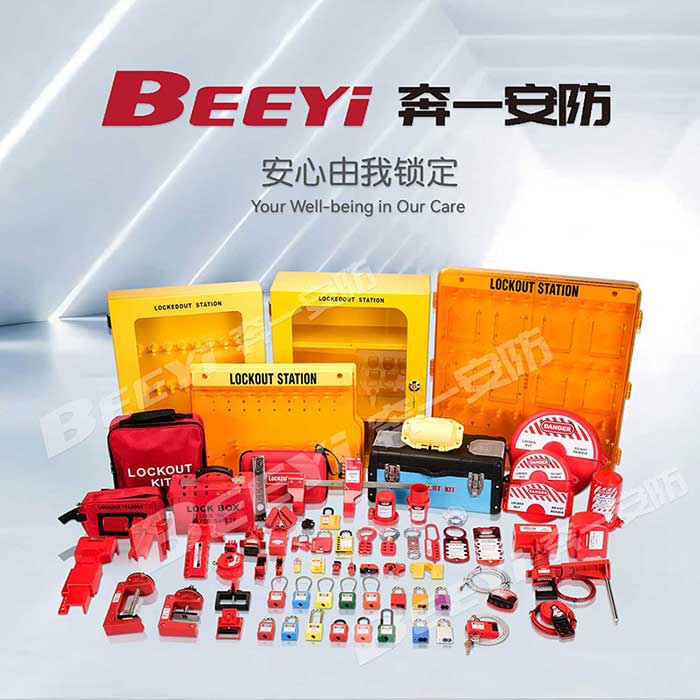In industrial environments, where heavy machinery and hazardous systems are frequently operated, safety is paramount. A vital part of ensuring safety during maintenance or repair work is the Valve Lockout Device, a piece of equipment designed to prevent accidental valve operation. These devices are an essential component of the Lockout/Tagout (LOTO) procedures, which are used to ensure that energy sources are properly isolated before maintenance begins. This article explores the significance, types, and benefits of valve lockout devices in industrial settings.

What is a Valve Lockout Device? A Valve Lockout Device is a safety device used to lock valves in either the open or closed position. It ensures that valves cannot be operated inadvertently during maintenance, repair, or inspection work, thereby protecting workers from potential accidents. By physically locking the valve’s control handle or actuator, these devices prevent the flow of dangerous materials such as steam, gases, chemicals, or electricity. Lockout devices are typically used in facilities where hazardous energy is present—places like chemical plants, oil rigs, power stations, and factories. They are integral to Lockout/Tagout (LOTO) procedures, a safety protocol designed to control hazardous energy during equipment servicing.